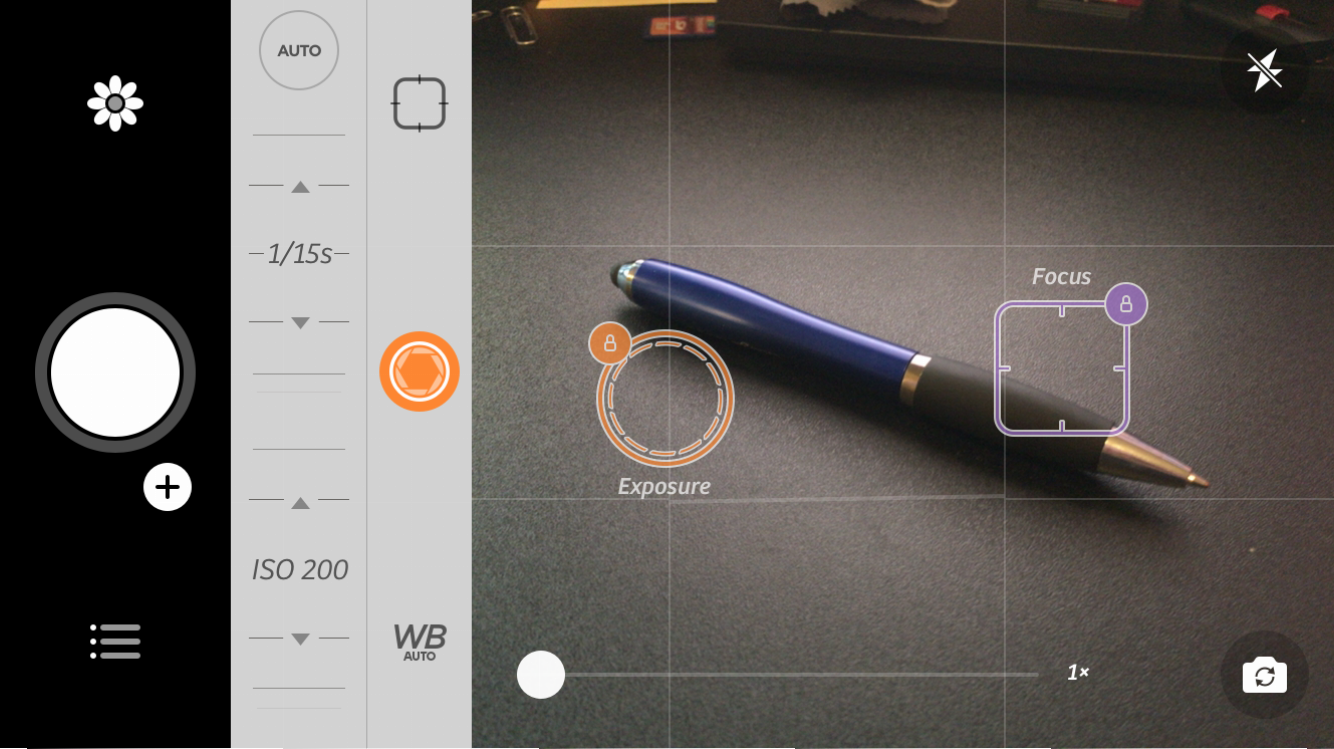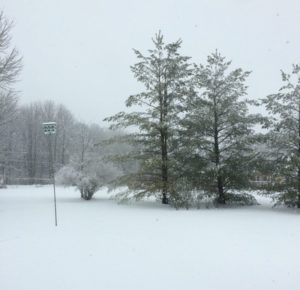Winter is my favorite time of year for many reasons, one of which is photography in the snow. Snow and ice can magically transform even the dullest of environments into something magical. For me, it is simply just fun to romp around in the snow and get some cool photos. As fun as it is, photography in the snow can be a bit tricky at times. Here are some tips.
Exposure
Getting proper exposure, or correct and realistic brightness values in a snowy setting, can take more time, but it is worth it. In a snowy scene, you have to walk a balance. You don’t want the snow so bright and white that you don’t see any more detail in the snow, but you also want to make sure everything else is bright enough, such as faces, trees, and buildings.

The detail in the snowy parts of your photo may be hard to see on your phone’s screen in the bright light outdoors, but once you’re back inside with some hot cocoa, you’ll be thankful that you took some extra time to make sure your photos were properly exposed. The best advice is to take a shot, review the shot, adjust your settings, and repeat. Paying attention to details will take your photography to a new level, so take your time!
 When it comes to the tools of photography make sure you know your camera app, especially know how to adjust the exposure or brightness of your phone’s camera manually. Most phone apps will let you adjust exposure as you tap on the screen to set your focus point.
When it comes to the tools of photography make sure you know your camera app, especially know how to adjust the exposure or brightness of your phone’s camera manually. Most phone apps will let you adjust exposure as you tap on the screen to set your focus point.
I particularly like the Camera+ app (for iOS devices), which gives you the ability to set your focus and your exposure points in different spots and also gives you a handy exposure compensation dial on the left side of the screen next to your shutter button. Explore your camera app ahead of time so you don’t miss a great opportunity out in the snow!
Timing
As with all photography, the golden hour rules still apply. The best light for the most types of photography happens in the first hour after sunrise and last hour before sunset.
In a snowy environment, you have some more leeway because the snow acts as a giant reflector filling in harsh shadows when the sun is higher in the sky. The downside to photographing people in the snow during the brighter parts of the day is how blinding the snow can be in full sunlight, or even on a cloudy day. This can of course cause people to squint a lot more, and which is often unflattering for portraits.
Also, during most times of the year, cloudy days can seem a little dreary, but I’ve found that cloudy days in the snow can actually be ideal, giving a lot of even lighting from all around, so don’t let a cloudy day stop you!
When you are getting ready to go out, bundle up and be safe! Below is a link for more information about shooting in the snow, so check it out and have fun shooting!
Find some more snow phone photography tips here: https://iphonephotographyschool.com/winter-snow/
